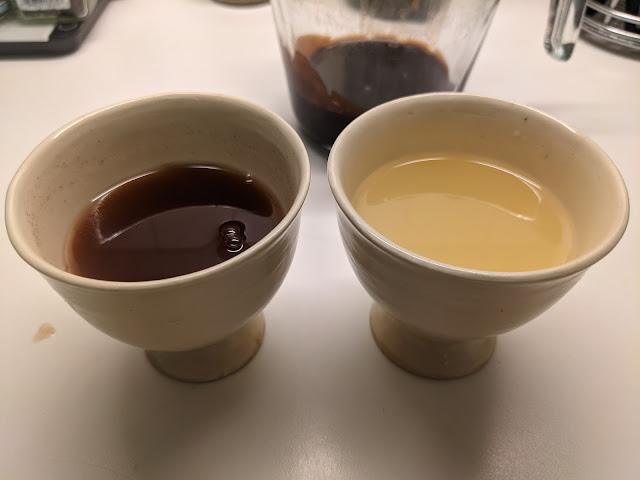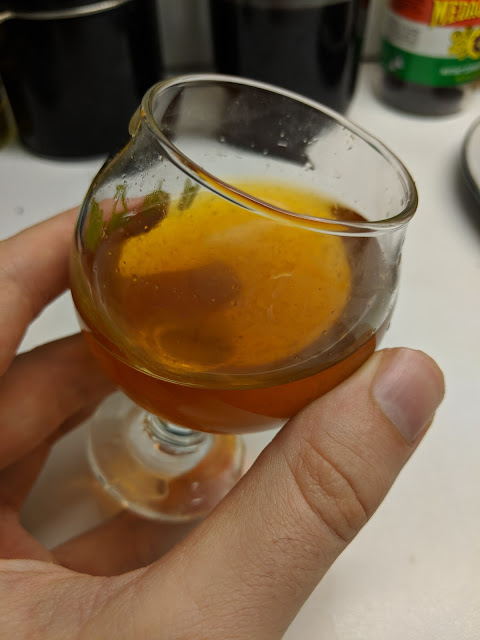Medicinal Cinnamon "Syrups" from Jujia Biyong

The blog, long updated, must fall silent; long silent, must update. Thus it has ever been. It's been a year. I've worked on some small brewing projects but mostly my 2020 and early 2021 have been focused on surviving The Plague. I was delighted to find a challenge to recreate non-alcoholic beverages as part of the East Kingdom's Laurel Challenge event , so I went back to the ~1400 CE household manual The Complete Collection of Important Household Skills (Jūjiā Bìyòng 居家必用) and surveyed it for recipes that matched the brief. While it is common to find medieval food at our feasts and dayboards, medieval beverages tend to be somewhat more limited. Aside from water and alcohol, what might be found and recreated? This challenge asks you to find examples of drinks – with recipes, if possible, and to recreate them, if you are able. As you do, consider whether they can be offered as options for events. Are ingredients a limitation in terms of availability or safety? How would the...


